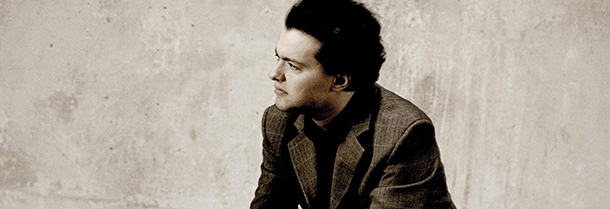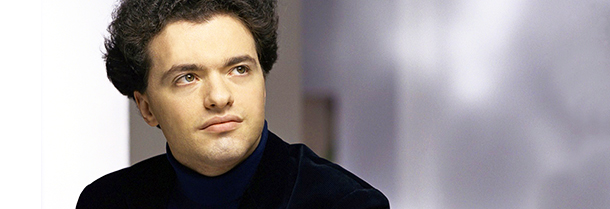Tag: Evgeny Kissin
-

-

PROGRAM NOTES: EVGENY KISSIN
Johann Sebastian Bach Toccata and Fugue in D minor BWV 565 (arr. Tausig) While keyboard transcription and political debate might at first blush seem to be radically different fields of endeavour, one justly famous incident on American television stands emblematic of the risks run, in both disciplines, for those who would engage in rhetorical posturing.…
-

PROGRAM NOTES: EVGENY KISSIN
Frédéric Chopin and Robert Schumann “…calling it a sonata is a caprice if not a jest for Chopin seems to have taken four of his most unruly children and put them together possibly thinking to smuggle them, as a sonata, into company where them might not be considered individually presentable.” That’s the perceptive way Robert…

